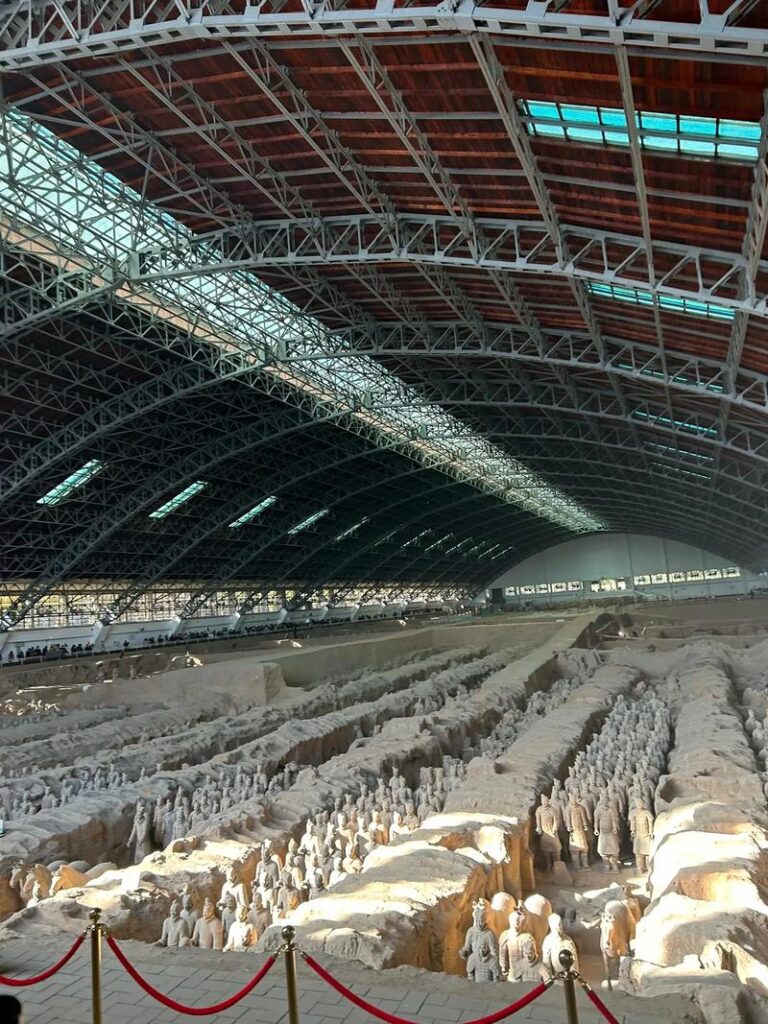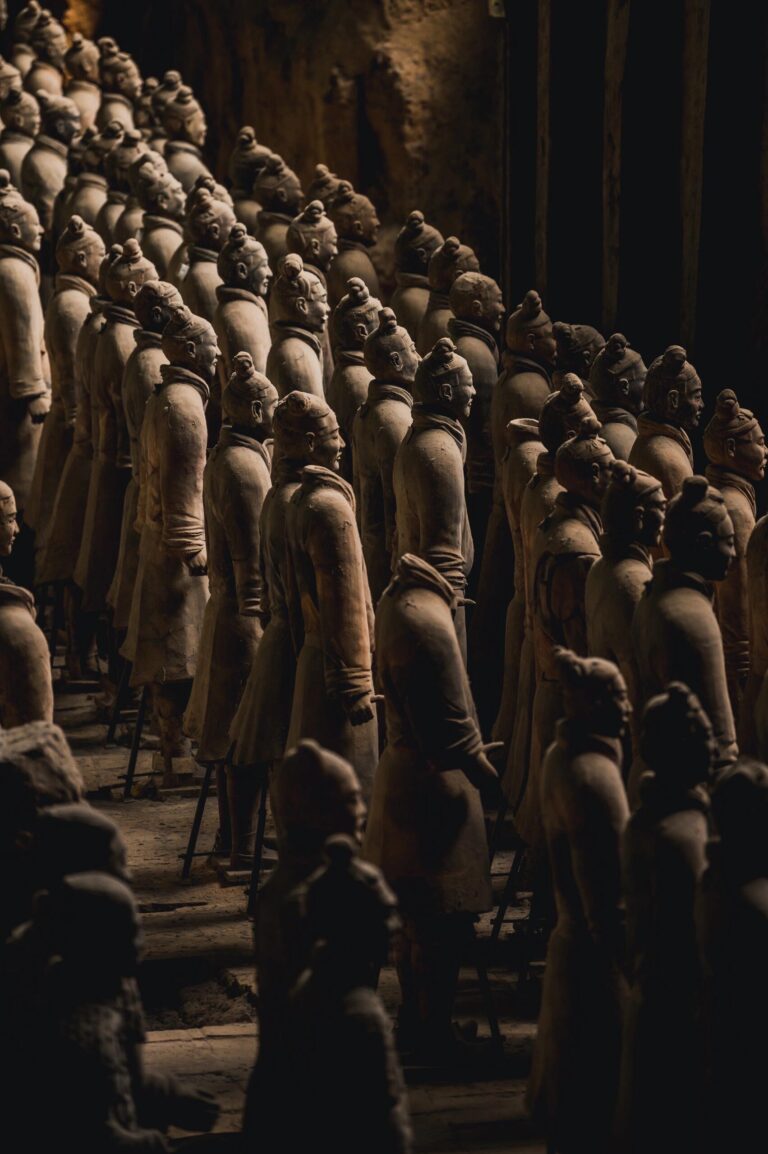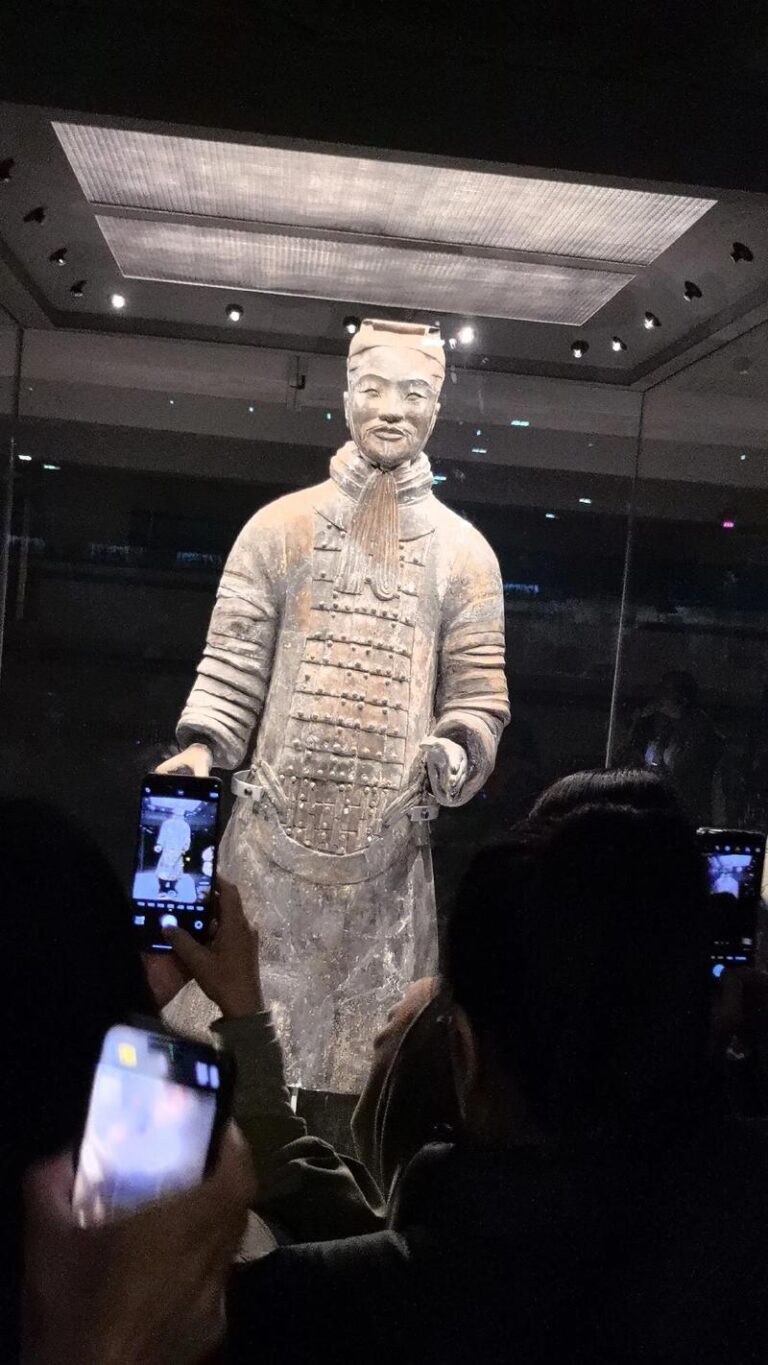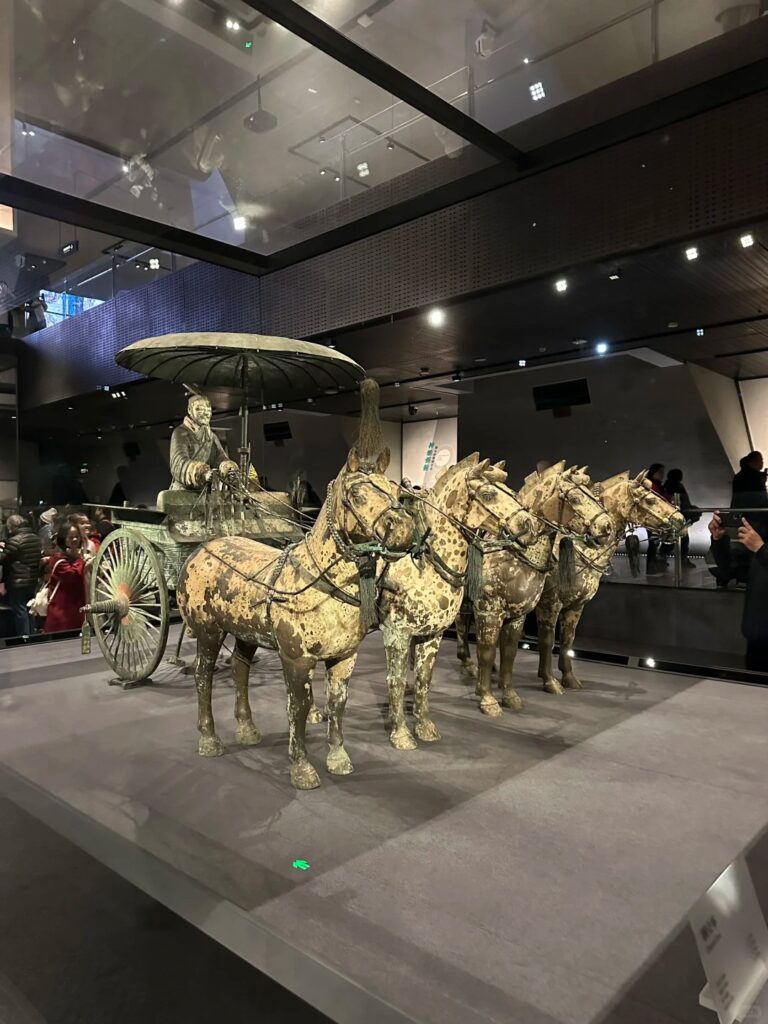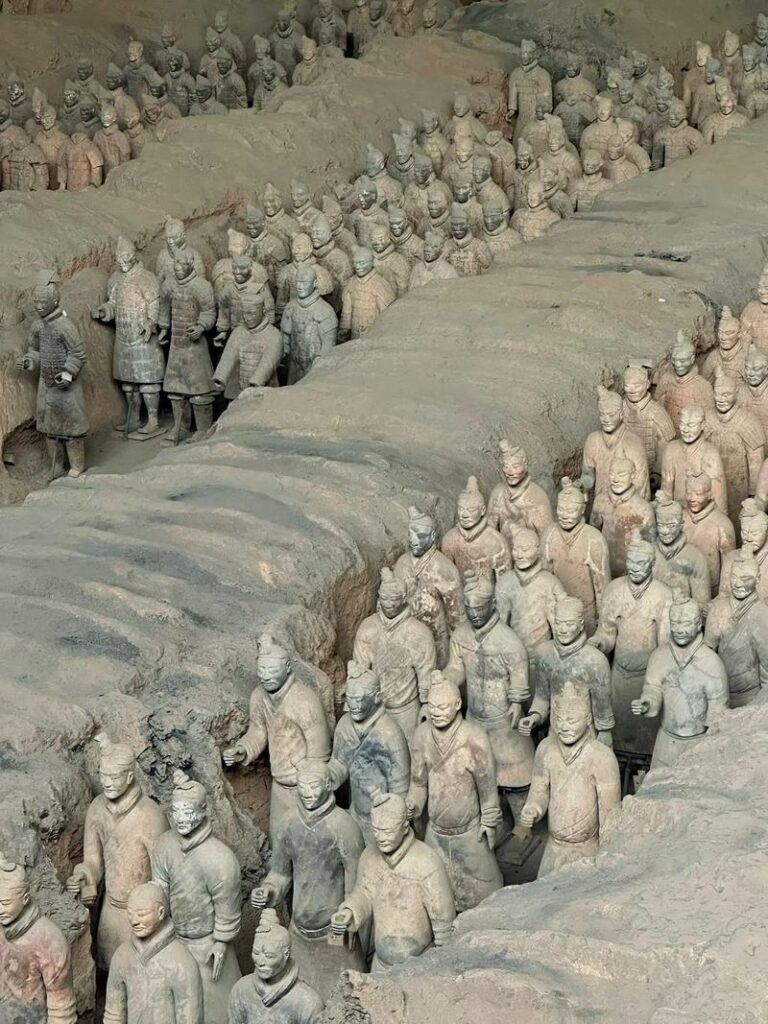How many terracotta soldiers were found?
Terracotta Army and Horses of the First Qin Emperor: The Underground Army Guarding for Thousands of Years and the Code of Chinese Civilization
I. The army that has been sleeping for thousands of years: more than 7,000 pieces of terracotta warriors and horses and archaeological wonders
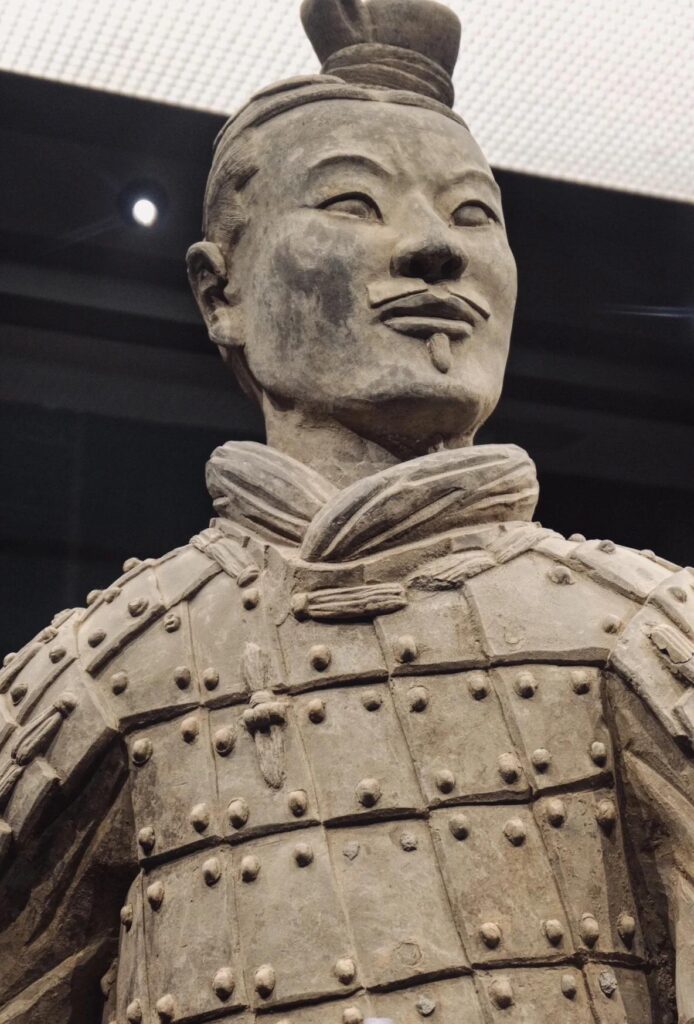
In 1974, farmers in Lintong County, Shaanxi Province, China, accidentally discovered fragments of terracotta warriors while drilling a well, which unveiled the prelude to archaeological excavations of the terracotta warriors of the Mausoleum of the First Emperor of Qin. After continuous excavation, the number of terracotta warriors and horses identified now exceeds 7,000, including soldiers, chariots, and warhorses, distributed in three main pits. Pit 1 is the largest, 230 meters long and 62 meters wide, with more than 6,000 pieces of infantry and chariots arranged in a square formation, showing the grandeur of the Qin army’s “sweep of the six”.
Yang Zhifa, discoverer of Terra Cotta Warriors
New archaeological discoveries in 2022 have further enriched this figure – Pit 1 alone contains 220 new terracotta figurines, revealing the finer layout and production techniques of the Qin army. The average height of these terracotta figures is about 180 centimeters, and their faces, costumes, and postures vary, with even the direction of the hair buns (left or right) implying differences in the types of soldiers, such as the buns of the kneeling shooting figurines, which are tilted to the left in order to avoid blocking the line of sight. These details not only reflect the outstanding skills of Qin craftsmen, but also become a “living fossil” for the study of ancient military, social and artistic.
Qin Shi Huang’s Ambition: Why did he build the Terracotta Army?
Qin Shi Huang (259-210 BC) was the first emperor in Chinese history to complete the unification of China. He succeeded to the throne at the age of 13, unified the six kingdoms at the age of 39, established a centralized system of power, and implemented reforms such as “the same track for vehicles and the same text for books,” making him known as “the first emperor of all time” to future generations.
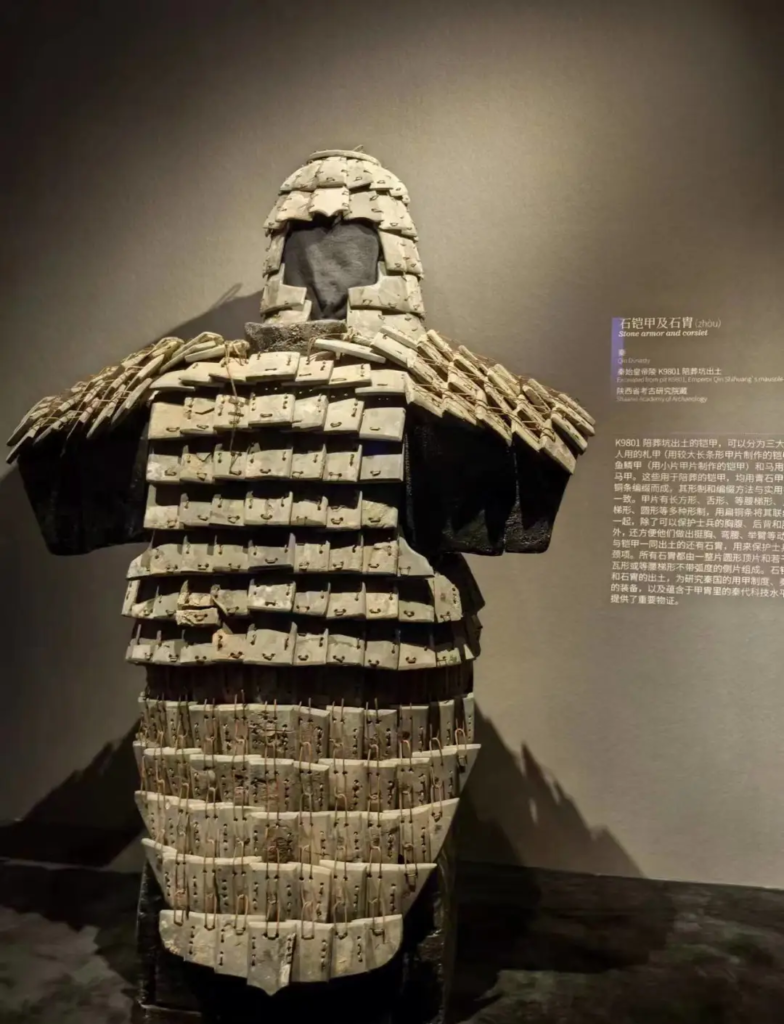
The motives for the construction of the Terracotta Warriors are complex and profound:
1. Alternative to human martyrdom, in line with the change: The pre-Qin period was characterized by the prevalence of human martyrdom, but it was gradually abolished in the late Warring States period due to the scarcity of human beings and the advancement of morality. Qin Shi Huang followed the ancestral system of Duke Xian of Qin, “stopping from death”, and replaced the living with terracotta figurines, not only to show the “benevolent government”, but also to avoid repeating the mistakes of the tyranny of the Shang Dynasty.
2. Protect the rule of the netherworld: Ancient people believed in “treating death as if it were life”, and Emperor Qin Shi Huang hoped to be able to lead the army after death to deter the spirits of the six countries. The layout of the terracotta warriors (infantry, cavalry, command center) completely simulates the real Qin army, forming a tight military defense system.
3. Demonstration of national strength and imperial power: the scale and craftsmanship of the Terracotta Warriors (each terracotta warrior is customized with a real-life prototype) is a symbol of the Qin Dynasty’s military power and organizational capacity, and a physical declaration of Qin Shi Huang’s “three kings and five emperors”.
Xi’an, China: A Cultural Landmark of World Heritage Site
The Terracotta Army is located in the Lintong District of Xi’an, Shaanxi Province, 1.5 kilometers from the Mausoleum of the First Qin Emperor. This area is famous for the group of emperor’s tombs at the foot of Mount Li, and is now a central destination for tourists from all over the world to explore Chinese civilization. The city of Xi’an is not only home to the Terracotta Warriors and Horses, but also to the Ancient City Wall, the Big Wild Goose Pagoda and other historical sites, which together form the cultural lineage of the “Ancient Capital of a Thousand Years”.
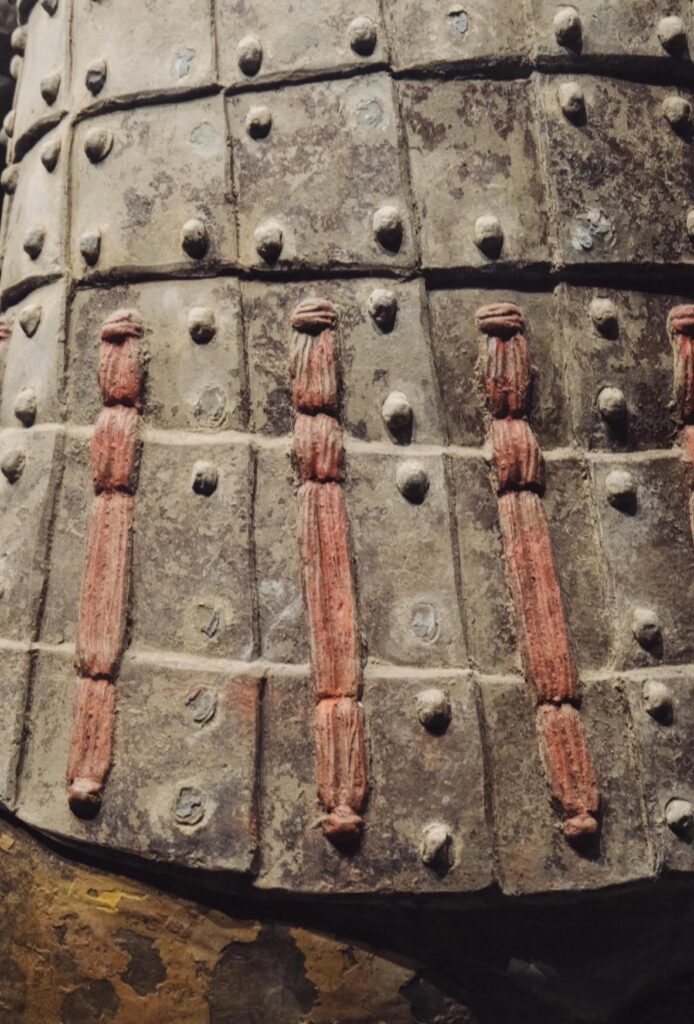
As one of China’s first World Heritage Sites, the discovery of the Terracotta Warriors and Horses rewrote the world’s perception of China’s ancient military and sculptural art. The protection and display of the Terracotta Warriors and Horses also reflects the advancement of modern archaeological concepts – some areas have not been excavated due to the risk of oxidation to ensure the original color and form of the artifacts.
A Cultural Dialogue Across the Pacific: The Terracotta Army’s International Influence
The Terracotta Warriors’ global reputation has attracted numerous international visitors, including a number of U.S. presidents; in 1998, Bill Clinton visited the Terracotta Warriors during his trip to China and humorously requested to meet Yang Zhifa, a farmer and “the man who discovered the Eighth Wonder of the World. Although Yang Zhifa was initially unable to read or write and had to sign his name in a circle, this anecdote became a classic moment of cultural exchange between China and the United States, symbolizing the marvelous connection between ordinary people and the wonders of history.
Today, the Terracotta Warriors have traveled to dozens of countries around the world, and American museums have permanent special exhibitions of them. These terracotta warriors are not only China’s cultural card, but also a witness to the common heritage of mankind, inspiring the world to marvel at and reflect on Chinese civilization.
Conclusion: From underground army to civilization symbol
The discovery of the Terracotta Warriors and Horses of the First Qin Emperor has given modern people a glimpse into the splendor and ambition of the empire 2,200 years ago. They are both an extension of Qin Shi Huang’s personal power and a crystallization of ancient Chinese technology, military and beliefs. For American readers, this marvel is not only an echo of history, but also a key to understanding the “continuity” and “innovation” of Chinese civilization. As archaeologists have said, “Each terracotta figurine is a window through which our conversation with ancient China never ends.”
The Cultural Significance and Impact of the Terracotta Warriors


